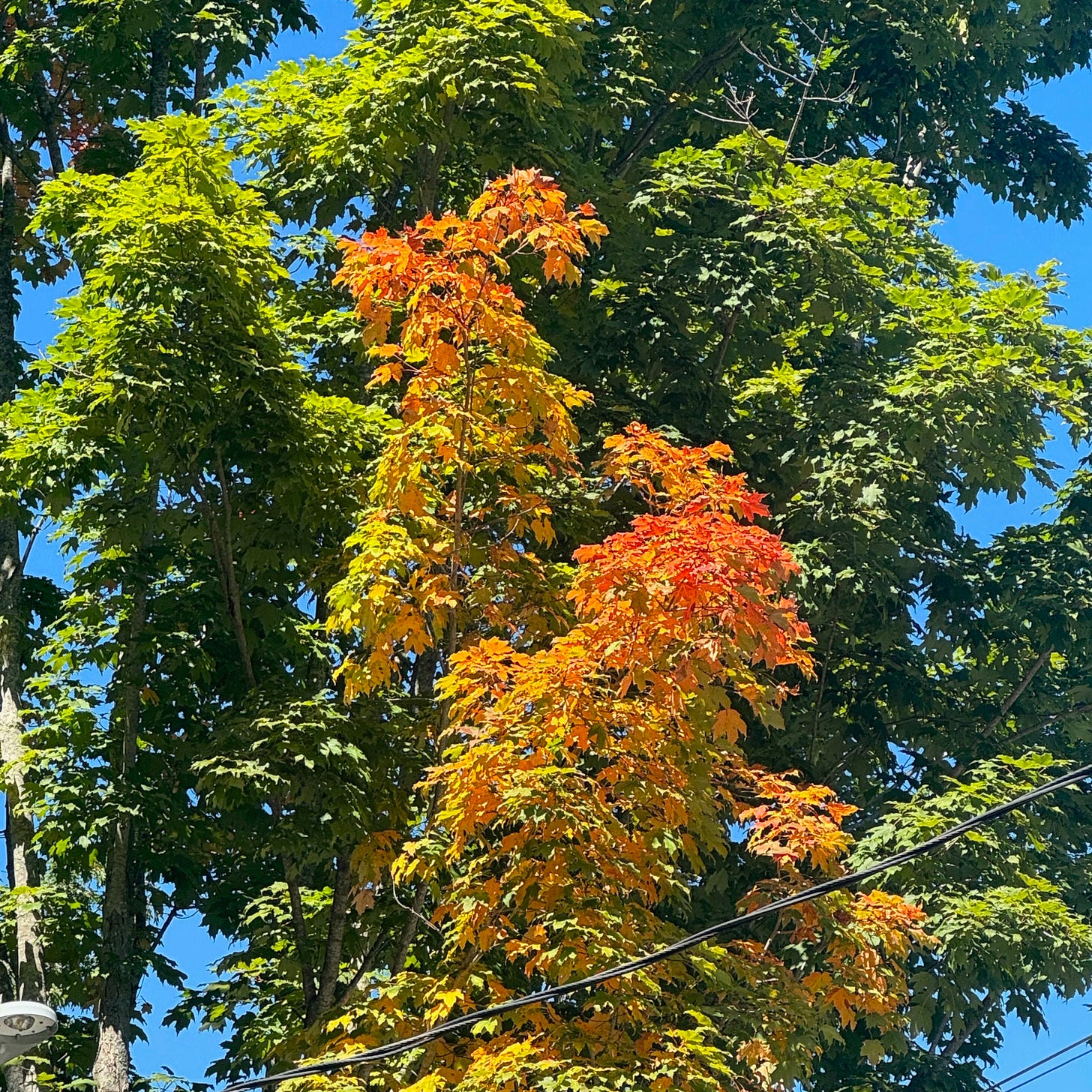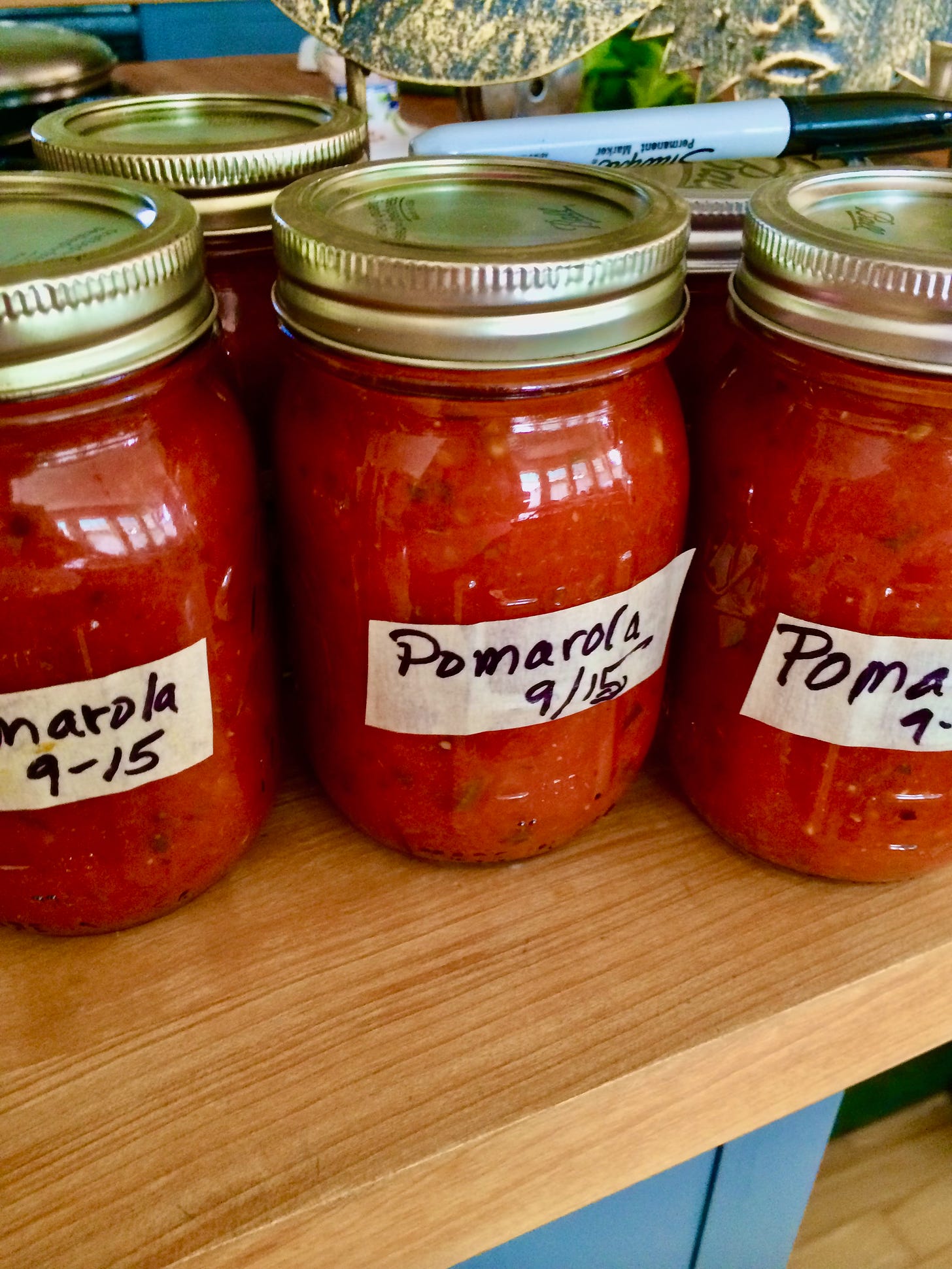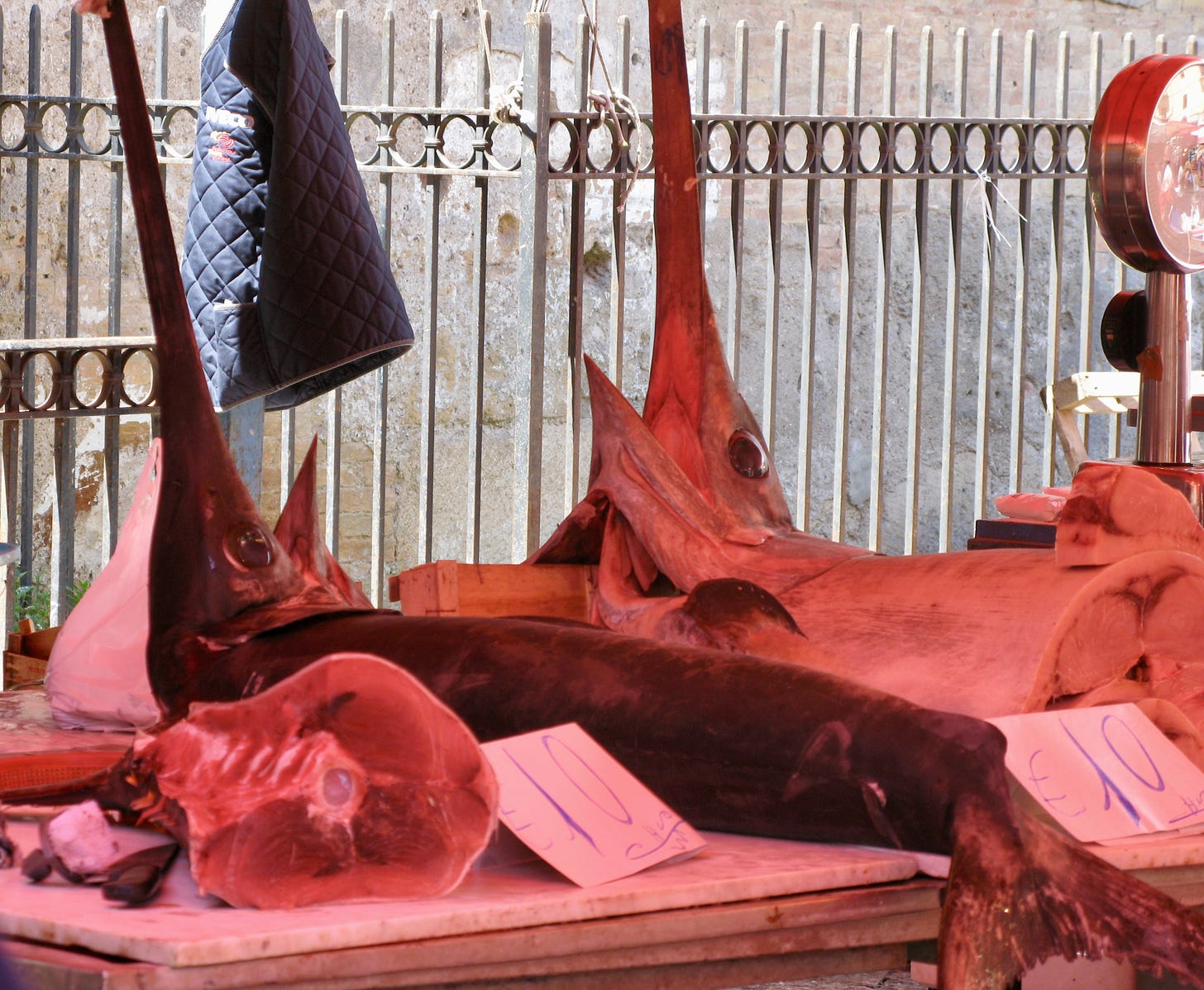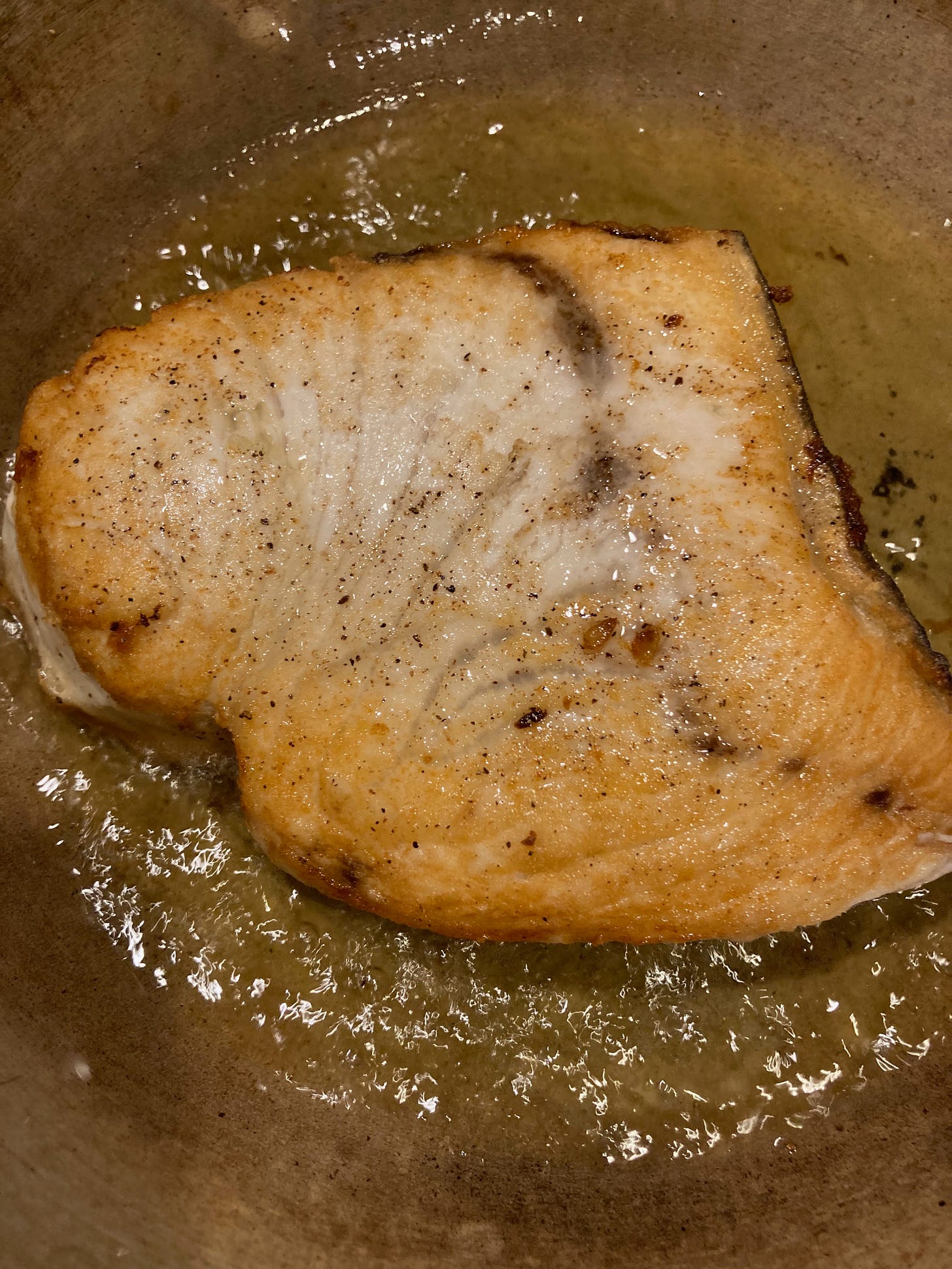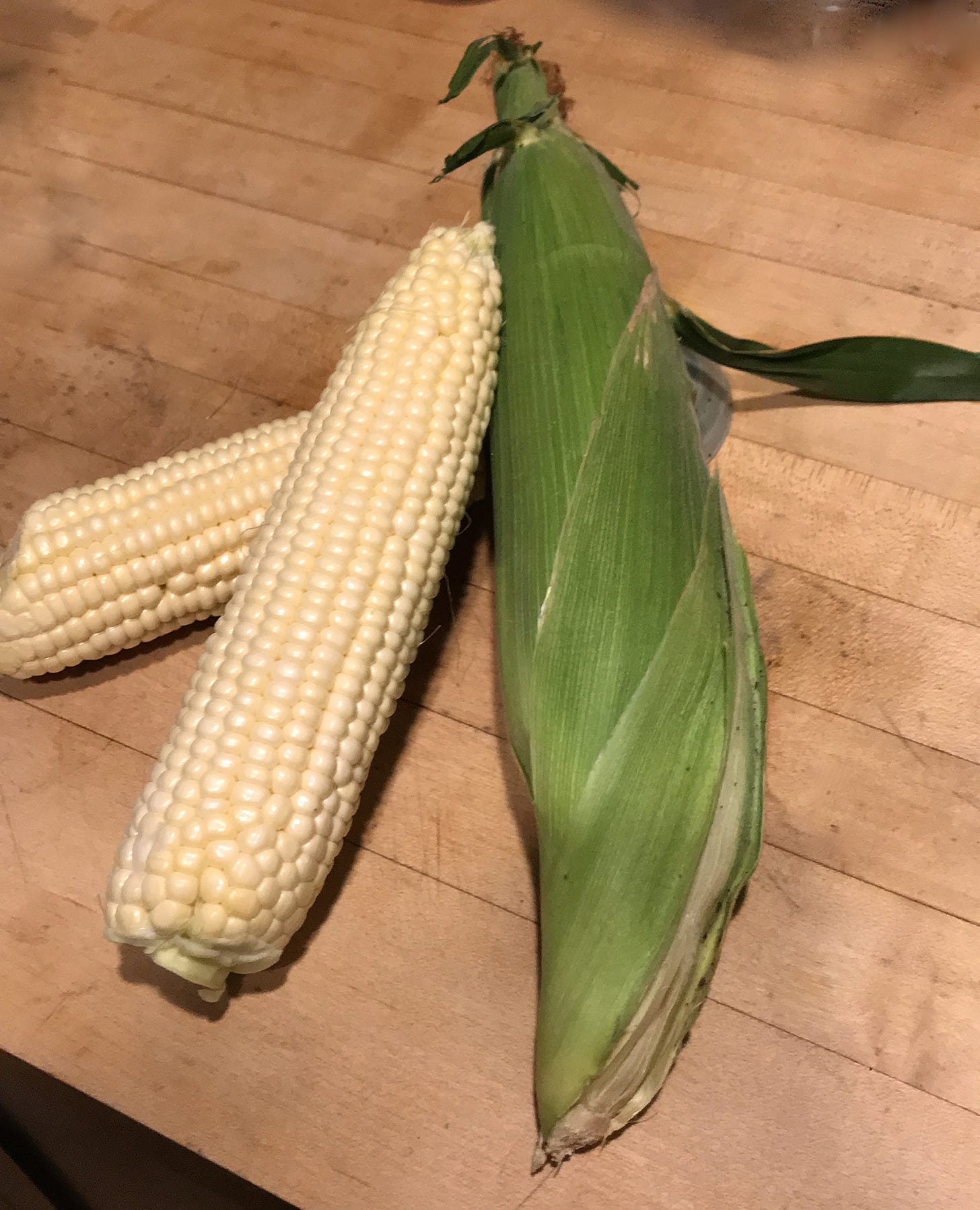Please just tap the little heart in the upper left corner to show you “like” this.
There’s a powerful amount of bemoaning going on out there in the ether-sphere as folks lament the end of summer. To which I’m tempted to say, the heck with summer: It’s over, people, time to get back to reality. Back to school, back to work, back to brand new projects. For me, September always seems to carry a cogent suggestion of new beginnings, a new year; it’s no surprise that the new year for Jews comes in autumn. (This year, however, it arrives late, with Rosh Hashanah beginning on October 2nd, a full month from now.)
“How should we mourn the end of summer?” asks a headline in the New York Times, a rag that reads more and more like a life-style magazine these days rather than a source of news. Well, I don’t mourn summer. I don’t mourn the end of any season. Living, as I’m privileged to do, in regions of the world that have a regular and more or less predictable stagger of seasons right the year-round, I’m happy to see spring’s flourish fade and the deep green of summer emerge, and I’m just as content to watch as summer evolves past maturity and then collapses into autumn. Whether in Maine or Tuscany, my two heart places, fall means a kind of cozy ingathering as days shorten and temperatures decline, a time for what’s called hygge in Denmark where they make a ritual of it. In-gathering is the right word because it’s truly a gathering time, a harvest time, a time to gather and dry mushrooms, put up jars of pomarola for wintertime pasta dishes, store garlic and onions along with any hard winter squashes from the garden patch and apples from the orchard, make cider and jams and jellies and Pottsfield pickles, an old-fashioned Maine relish that’s so welcome with baked beans on frosty Saturday nights.
Do I actually do any of this? No, not much, though I usually manage to can a few bottles of tomato pomarola and make a few little jars of jam to give away as house presents. “Oh, you made this?” “Yep, with my own capable hands.” I do not add that it was one of just three jars and it took me just under an hour of work. I like to keep my hand in—who knows, it might become necessary one of these end-time days.
Autumn is also peak swordfish season for North Atlantic fisheries. For those of you who are trying to get more seafood onto your meaty plates and don’t know quite how to begin, swordfish is a great starter fish, quick and easy to prepare, no bones to trouble finicky eaters, and meaty enough to satisfy the family carnivores.
Apparently swordfish has become a big problem in the Mediterranean, primarily because of overfishing. The photo shows swordfish in the Trapani market a few years ago—you can understand a big part of the problem in that the fish pictured are very small for swordfish, probably under breeding size, which means they’ve been removed from the stock before they can even reproduce. Not good practice!
But North Atlantic swordfish is one of very few prized species that we can eat with impunity (as long as we’re not vegetarian) since stocks are carefully managed and have come back from the parlous state of a decade or more ago. (This is information from my chief fisheries consultant, Paul Greenberg, whose books Four Fish and American Catch are key references for anyone who cares about ocean harvests. Find out more here.)
If you still have your grill set up (and if you’re smart you don’t put it away until the snow flies), swordfish is great seared over charcoal. (I don’t actually have much patience for gas grills—though I have plenty of friends who are devoted to the things; to my mind, you might just as well move the kitchen range out onto the porch.) Swordfish also makes a great quick suppertime offering, just seared in the black iron skillet on top of the stove and finished in the oven.
Actually, the first Julia Child program I ever saw featured swordfish. (“Come quick!” my mother called from the television room, “You have to see this!”) Julia seared the steaks, as I recall, and dropped them into an oven dish, adding a spritz of white wine and a cluster of cherry tomatoes around the edge, then popped the dish into a hot oven and out came dinner in minutes. I did find that show, or something like it, on You Tube—you can see it here and it’s a lovely look at what television food shows used to be like—all done in one take, no cutting from one scene to the next, and totally unrehearsed. “I’m going to wash my hands now,” Julia says at one point. And she does.
The simplicity of swordfish is a big part of its appeal so you don’t want to spoil it with too many other complicating flavors. Julia didn’t know it at the time, but she prepared her swordfish with something like Sicilian salmoriglio, a simple combination of olive oil, lemon juice, and oregano (back in the day, she pronounced it “oreeGAHno”). I’ve often recommended that treatment for just about any kind of fish as it adds interest and just enough contrast to emphasize how very delicious fresh fish can be. I’ve posted a recipe below (scroll down, paid subscribers) but you don’t really need a recipe—just a few suggestions of how to do it.
But I want to talk about another stunning fish for that same treatment. It’s called opah (Lampris guttatus) (that’s opah, not Oprah), and it’s a new one for me, a handsome fish with a marbled flesh that’s as firm as tuna or swordfish, and somewhat milder and sweeter in flavor (less fishy, to be clear). A deep-water fish that inhabits both the Atlantic and the Pacific, opah is “sustainably managed and responsibly harvested under U.S. regulations,” according to NOAA’s website. Apart from taste, texture, and how to cook it, that is the single most important information about any seafood—how it’s harvested. We don’t want to mess with the ocean any more than we already have, right?
Ask your fish purveyor about opah. If you have a really first-rate fish monger, as I do with the Wiggins girls, Jamie and Katie, at Jess’s Seafood in the South End of Rockland, Maine, you should be able to find a source for this great fish. (And if you’re planning a fall motor cruise anywhere near Rockland, stop in at Jess’s and they’ll pack your fish choice in ice to take home. Finest kind, as we say around here.) The photo of gorgeous opah was provided courtesy of Jess’s.
I cooked the opah in the same black iron skillet with the swordfish, first searing it off, then transferring it to a hot (400ºF/205ºC) oven to finish. When the fish steaks reached 130ºF/55ºC) interior temp, they were done and went straight to the table. With more salmoriglio spooned over, the fish were stunning.
September also brings the end of the season for sweet, green corn, the native staple that so marks a North American summer, marks it to the extent that produce centers try in vain to keep corn going right the year round. I am here to tell you that nothing, nothing, on god’s green earth, can duplicate the flavor of fresh corn straight from the fields. Years ago, I heard that Mark Twain claimed the very best way to eat your corn is thus: first build a fire on the edge of the corn patch, then set a big kettle of water on top to boil. When the water is raging, rush into the rows of corn, pull off a couple of ears, strip away the husks, and toss them straight into the boiling water to cook till done. Eat.
Well, he may have said that but I can find no evidence whatsoever on line. Although often quoted, it’s never cited. But in the course of looking for Mark Twain, I found instead the words of another great 19th-century writer, Henry David Thoreau, who did indeed say, in Walden:
Pray what more can a reasonable man desire, in peaceful times, in ordinary noons, than a sufficient number of ears of green sweet corn boiled, with the addition of salt?
Keep reading with a 7-day free trial
Subscribe to On the Kitchen Porch to keep reading this post and get 7 days of free access to the full post archives.




